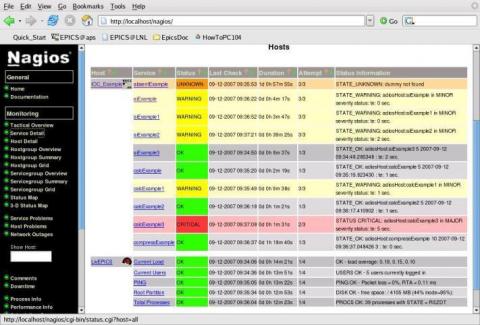It's a known issue - How Product Managers should deal with issue or feature related enquiries or feedback
I often hear folks in my network being triggered by interactions with product managers within their companies whenever they follow up on certain product-related issues. The triggering phrase invariably is “It’s a known issue”. And they often wonder, well if it’s a known issue, why on earth isn’t anything done about it?





